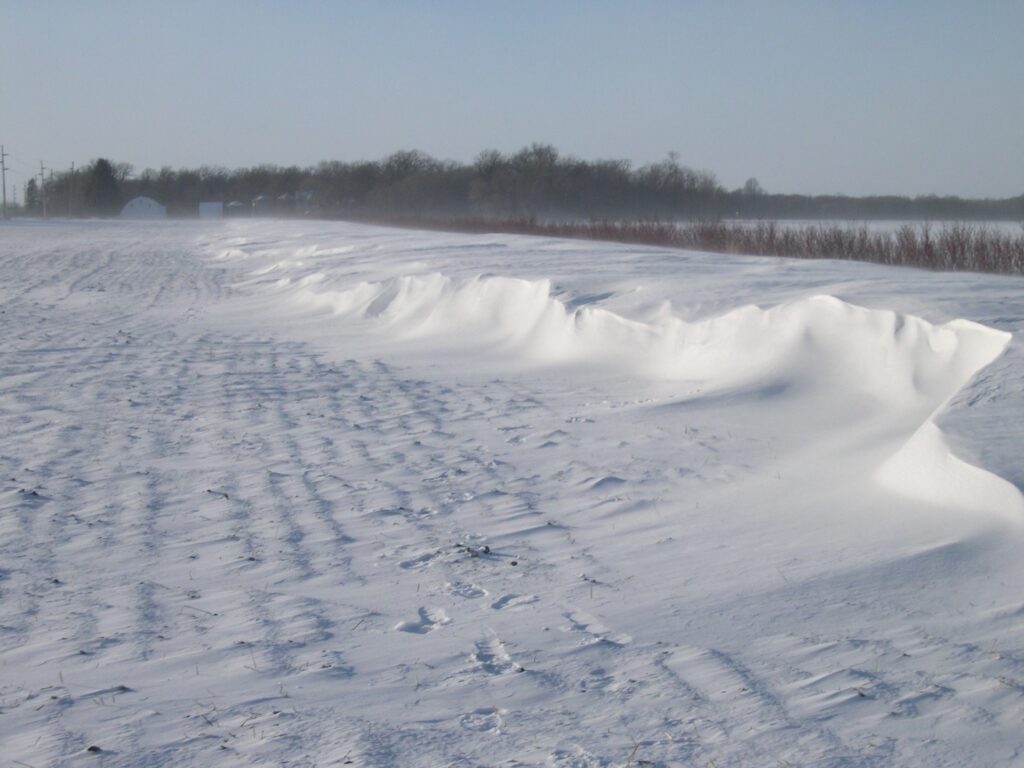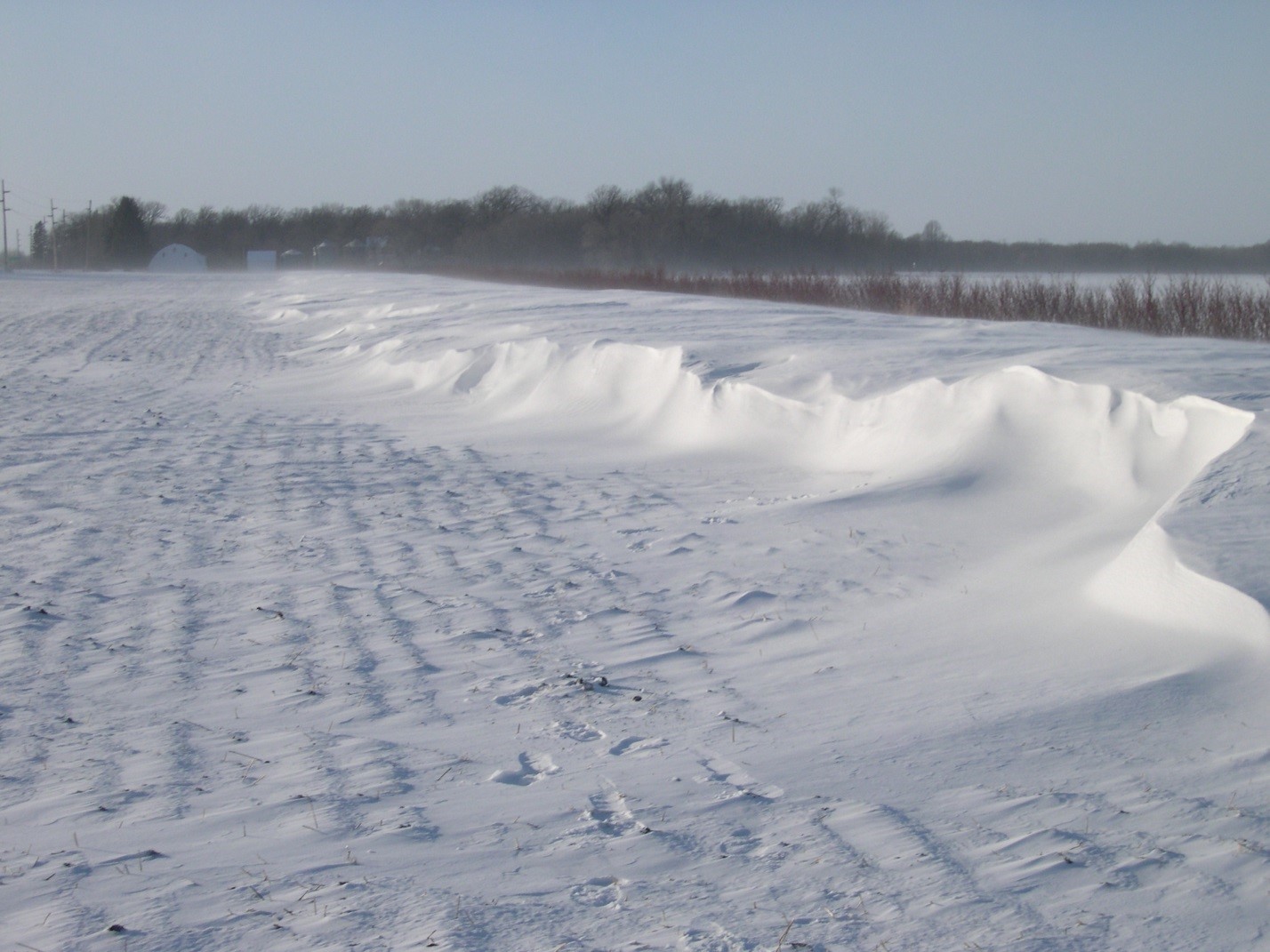
Living Snow Fences: A Sustainable Solution for Winter Road Safety
Winter weather presents significant challenges to transportation infrastructure, particularly in regions prone to heavy snowfall. Traditional methods of snow removal, such as plowing and salting, can be costly, environmentally damaging, and ultimately, insufficient to ensure safe road conditions. Enter living snow fences, a sustainable and increasingly popular alternative that leverages the power of nature to mitigate the impact of winter storms.
A living snow fence, in its simplest form, is a planting of trees, shrubs, or other vegetation strategically placed to trap blowing snow. By reducing wind speed and creating turbulence, these fences cause snow to accumulate on the windward side, preventing it from reaching roads and highways. This reduces the need for mechanical snow removal, lowers maintenance costs, and enhances road safety for motorists. The concept isn’t new, but modern implementations are becoming more sophisticated, incorporating ecological principles and advanced planning techniques.
The Science Behind Living Snow Fences
The effectiveness of a living snow fence hinges on its design and placement. Key factors include the height, density, and length of the vegetation, as well as its orientation relative to prevailing winds. Taller and denser fences trap more snow, but they also create a larger wind shadow, which can extend further downwind. Optimal placement involves considering the average snowfall, wind direction, and the specific terrain of the area.
Windbreaks, which serve a similar purpose, have been used for centuries to protect agricultural land and settlements from wind erosion. Living snow fences adapt this concept to the context of transportation, using vegetation to manage snowdrifts and improve visibility on roadways. The physics are relatively straightforward: as wind encounters the fence, it slows down, causing snow particles to fall out of suspension and accumulate. The accumulation zone, ideally, is located away from the road, preventing snow from drifting onto the pavement.
Benefits of Living Snow Fences
The advantages of living snow fences extend far beyond simply reducing snow removal costs. These natural barriers offer a range of environmental, economic, and social benefits:
- Reduced Snow Removal Costs: Fewer snowplow trips translate to significant savings in fuel, labor, and equipment maintenance.
- Enhanced Road Safety: Improved visibility and reduced snowdrifts decrease the risk of accidents and delays.
- Environmental Protection: Living snow fences reduce the need for salt and other de-icing chemicals, which can pollute waterways and harm vegetation. They also contribute to carbon sequestration and soil conservation.
- Wildlife Habitat: The vegetation provides food and shelter for birds, mammals, and other wildlife. [See also: The Ecological Impact of Roadside Vegetation]
- Aesthetic Value: Living snow fences can enhance the visual appeal of roadways, creating a more pleasant driving experience.
- Erosion Control: The root systems of the plants help stabilize soil and prevent erosion.
Designing and Implementing Living Snow Fences
Effective living snow fence design requires careful planning and consideration of local conditions. A multi-disciplinary approach, involving engineers, ecologists, and transportation planners, is essential for successful implementation. Key steps include:
- Site Assessment: Evaluate the area’s topography, soil type, climate, and prevailing wind direction.
- Vegetation Selection: Choose plant species that are native to the region, hardy, and capable of withstanding harsh winter conditions. Consider factors such as growth rate, height, density, and salt tolerance.
- Fence Design: Determine the optimal height, length, and density of the fence based on the site assessment. Use computer modeling and other tools to predict snowdrift patterns.
- Planting and Maintenance: Follow best practices for planting and maintaining the vegetation. This may involve irrigation, fertilization, and weed control.
- Monitoring and Evaluation: Regularly monitor the performance of the fence and make adjustments as needed.
Proper placement is paramount. The distance of the living snow fence from the roadway is crucial; too close, and the snow will still drift onto the pavement; too far, and the fence’s effectiveness is diminished. Careful calculations are necessary, taking into account the height of the vegetation and the typical snowfall amounts.
Challenges and Considerations
Despite their numerous benefits, living snow fences also present some challenges. One of the main obstacles is the need for land acquisition. Implementing a large-scale fence may require purchasing or leasing land adjacent to the roadway, which can be costly and time-consuming. Another challenge is the time it takes for the vegetation to mature and become fully effective. It may take several years for the fence to reach its optimal height and density. Furthermore, ongoing maintenance is required to ensure the long-term viability of the fence.
Public perception can also be a factor. Some people may view living snow fences as unsightly or as a waste of valuable land. Effective communication and education are essential to address these concerns and highlight the benefits of this sustainable approach.
Examples of Successful Living Snow Fence Programs
Several states and countries have successfully implemented living snow fence programs. In North Dakota, for example, the Department of Transportation has established hundreds of miles of living snow fences, resulting in significant cost savings and improved road safety. Similar programs are in place in Minnesota, Iowa, and other snow-prone regions. These programs often involve partnerships between government agencies, landowners, and community organizations.
The success of these programs demonstrates the feasibility and effectiveness of living snow fences as a sustainable solution for winter road safety. By learning from these examples and adapting best practices to local conditions, other regions can benefit from this innovative approach.
The Future of Living Snow Fences
As concerns about climate change and environmental sustainability grow, living snow fences are likely to become even more prevalent. Advances in technology, such as remote sensing and computer modeling, are making it easier to design and manage these fences. New vegetation species are also being developed that are better suited to harsh winter conditions.
The integration of living snow fences with other sustainable infrastructure practices, such as green infrastructure and low-impact development, holds great promise for creating more resilient and environmentally friendly transportation systems. By embracing a holistic approach that considers the ecological, economic, and social benefits of living snow fences, we can create safer and more sustainable communities for future generations.
Ultimately, the adoption of living snow fences represents a shift towards a more sustainable and environmentally conscious approach to winter road maintenance. By harnessing the power of nature, we can reduce our reliance on costly and environmentally damaging traditional methods, while simultaneously enhancing road safety and protecting our natural resources. This eco-friendly solution is not just a trend; it’s a necessary step towards a more resilient and sustainable future. The benefits of utilizing a living snow fence are undeniable and continue to grow as research and implementation expands.
The increasing recognition of the environmental and economic advantages of living snow fences suggests a bright future for this sustainable practice. As communities strive to mitigate the impacts of climate change and enhance the resilience of their infrastructure, living snow fences are poised to play an increasingly important role in ensuring safe and efficient winter transportation.

